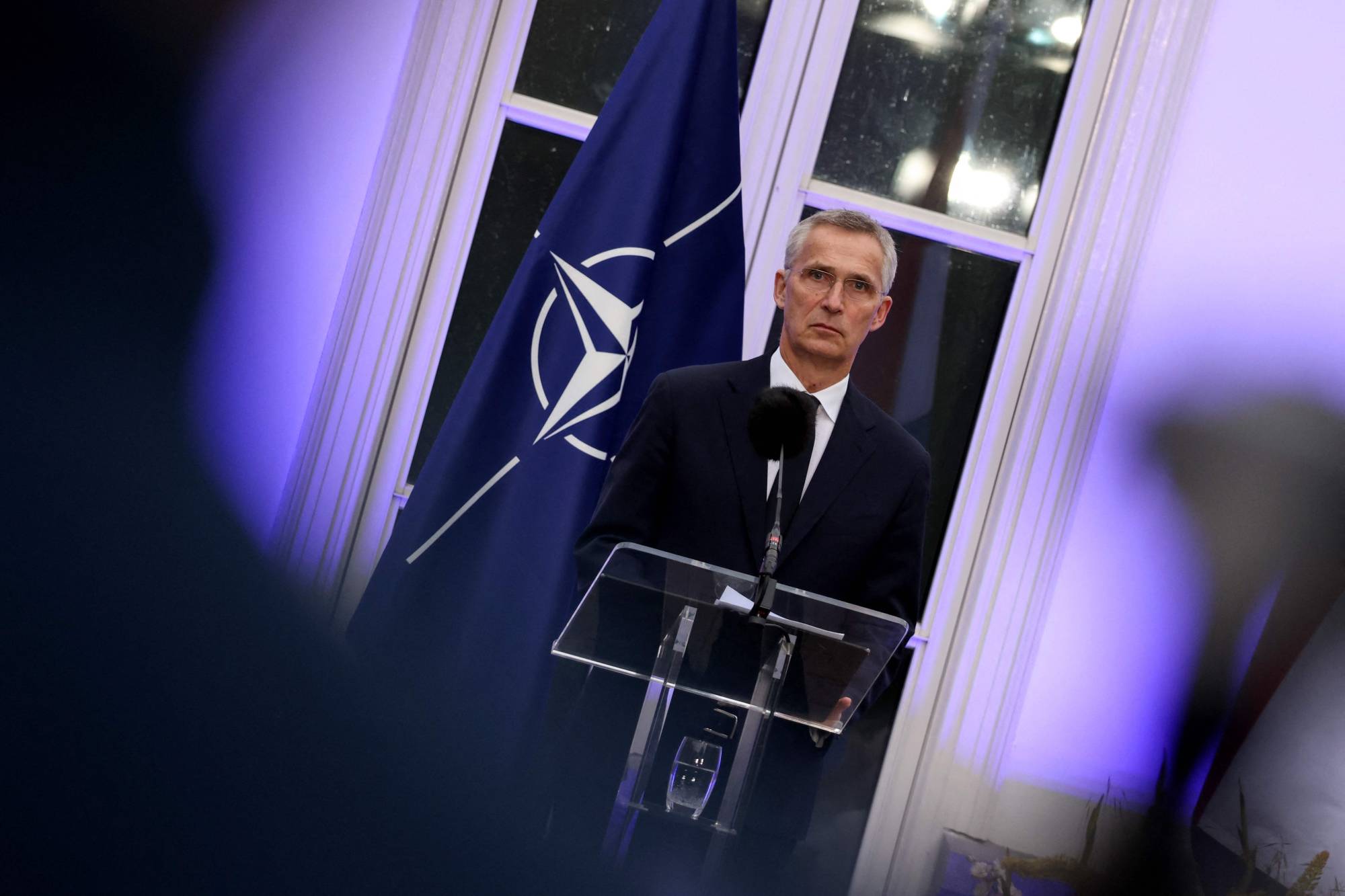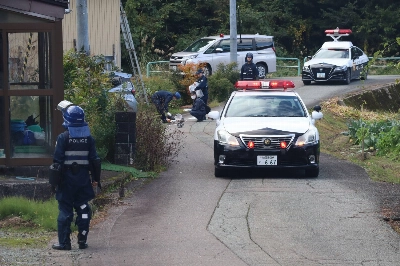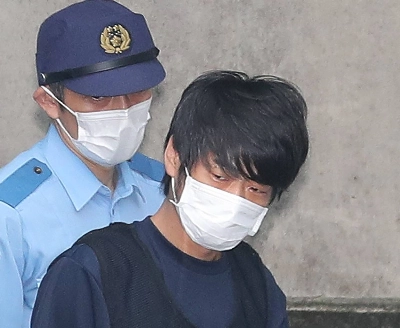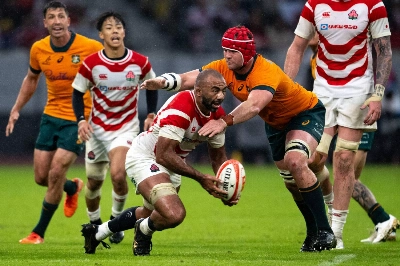After nine years as secretary-general of the world's most powerful military alliance, Jens Stoltenberg was expected to end his tenure as NATO chief in late September. But with no clear consensus on a successor, experts say the 64-year-old — who has already extended his term twice — will likely be asked to stay on until at least next April.
“While it is not publicly known whether a final decision has been made, everything now suggests that Stoltenberg’s mandate will be extended beyond his current term at the upcoming NATO summit in Vilnius, Lithuania, from July 11 to 12,” said Paal Sigurd Hilde, a NATO expert at the Norwegian Institute for Defense Studies.
Most likely, the extension will be either until April 2024, when the the alliance marks its 75th anniversary, or until the summer, when the next NATO summit is likely to be held.


















With your current subscription plan you can comment on stories. However, before writing your first comment, please create a display name in the Profile section of your subscriber account page.